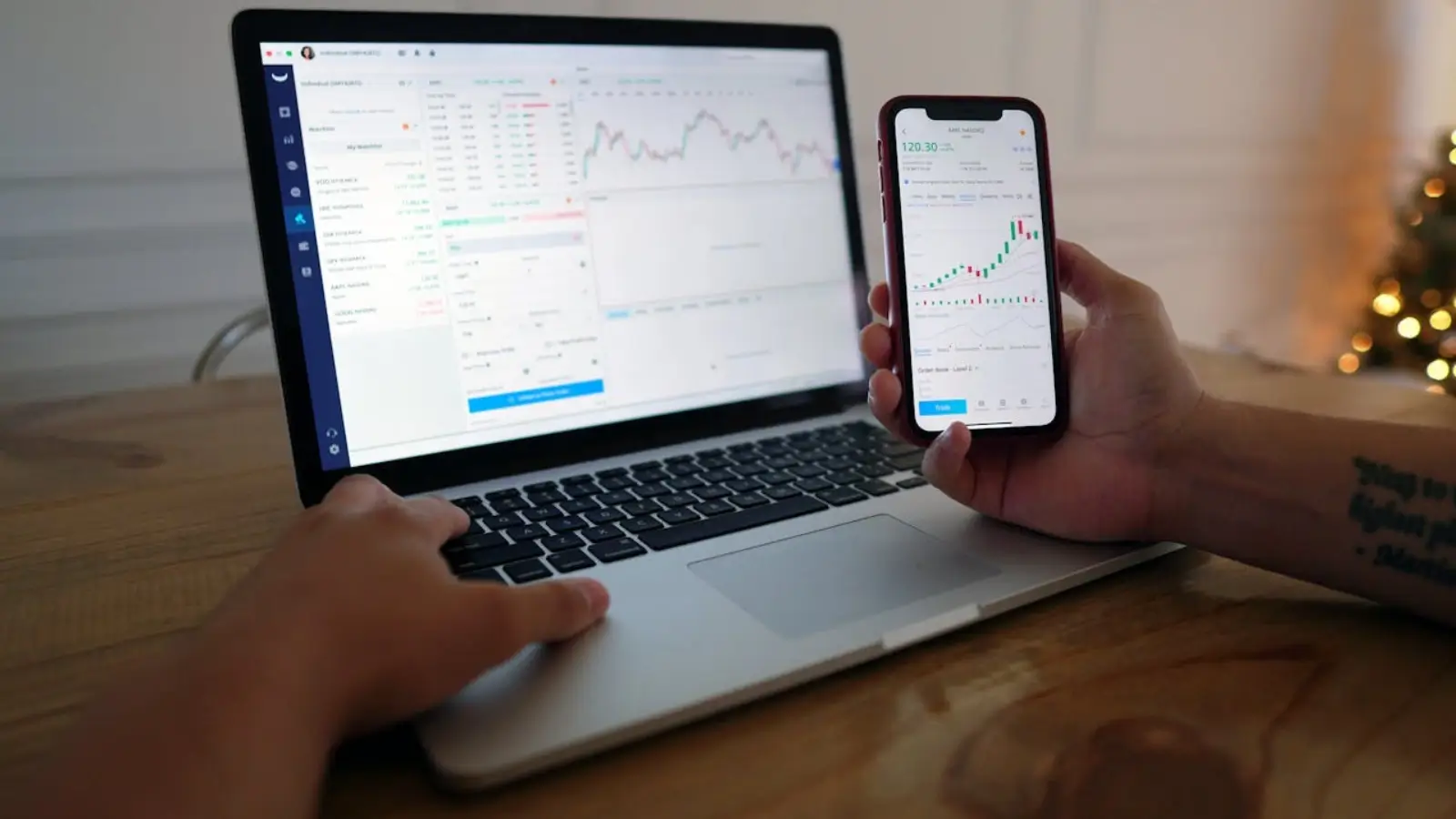


In 2025, investing has evolved into a multi-dimensional discipline. It is no longer just about picking good companies or tracking the market. Today’s successful investors combine environmental ethics, machine-driven insights, global diversification, and strategic timing — often in the same portfolio. Terms like “ESG” and “AI alpha” are no longer buzzwords but practical frameworks shaping where capital flows.
This guide explores the key investment concepts driving decision-making in 2025, from the values-driven momentum of ESG investing to the data-powered edge of AI-based portfolio management.
If you’re brushing up on investment terms to know, ESG should be near the top of the list. In 2025, Environmental, Social, and Governance investing is still a key part of how portfolios are built — but the way it’s used has evolved. ESG isn’t just about avoiding oil stocks or chasing sustainability ratings anymore. It’s about choosing companies that manage risk well, align with future regulations, and deliver long-term value.
Some quick facts:
Rather than treating ESG as a one-size-fits-all filter, investors in 2025 use it to sharpen their investment theses. They ask: Does this company manage risk well? Are they aligned with future regulatory trends? ESG is being used to gauge resilience, not just reputation.
Artificial intelligence is becoming essential for active traders and institutional desks. Algorithms don’t just react to prices anymore — they interpret news, anticipate liquidity gaps, and detect unusual portfolio risk in real time.
Three ways AI is shaping investment alpha in 2025:
Investors in 2025 are increasingly positioning around big-picture themes rather than just sectors. This is where ESG and AI often meet — in identifying long-term structural shifts and allocating capital accordingly.
Popular investment themes gaining traction:
Thematic ETFs tied to these trends are now pulling in record capital. For example, global AI-themed ETFs crossed $100 billion in assets under management by mid-2025 — up from just $12 billion in 2021.
Smart beta strategies — which blend passive indexing with factor tilts like value, momentum, or low volatility — have reemerged with AI-powered refinements.
Rather than sticking to rigid rules, today’s smart beta models adjust to:
Investors in 2025 often pair traditional ETFs with smart beta products that include adaptive tilts — capturing both baseline index exposure and factor-driven outperformance.
A growing class of investors uses a “quantamental” strategy — blending fundamental research with quantitative tools. Think of it as the hybrid method: human intuition for long-term bets, and machine logic for trade execution and risk management.
Here’s how it works in practice:
This style is especially popular in family offices and boutique funds where agility and precision matter more than scale.
With rising geopolitical risk, volatile rates, and data-heavy markets, risk management itself has become an alpha-generating strategy. Tools once used purely for downside protection are now actively enhancing returns.
Popular risk-focused tactics in 2025:
Modern platforms use AI to alert investors when risk levels diverge from expected volatility — offering opportunities to rebalance before drawdowns hit.
Global investing is more dynamic in 2025. Investors are not just buying “emerging markets” or “Europe” blindly. They’re using data to map:
For example, in 2024–2025, UAE stocks outperformed broader EM indices due to oil resilience and local IPO booms. Meanwhile, Japan’s value rally drew global attention after decades of underperformance.
The lesson? Region-specific strategies, with on-the-ground context, often outperform broad indexes.
One of the most exciting frontiers is the merging of ESG datasets with AI. It helps strip away greenwashing and surface hidden risk or opportunity.
Use cases include:
As ESG regulations tighten globally, especially in Europe and APAC, these tools help investors ensure alignment while reducing manual due diligence workloads.
In 2025, investing success isn’t about picking one trend or riding the biggest wave. It’s about layering your portfolio with conviction, risk intelligence, and tools that amplify your edge. ESG provides a foundation of resilience. AI brings speed and precision. Thematic positioning helps express macro belief systems, while smart beta and quantamental tools execute it with nuance.
The best investors today don’t just follow trends — they build frameworks. In a fast, fragmented, data-rich world, that’s what separates speculation from strategy.